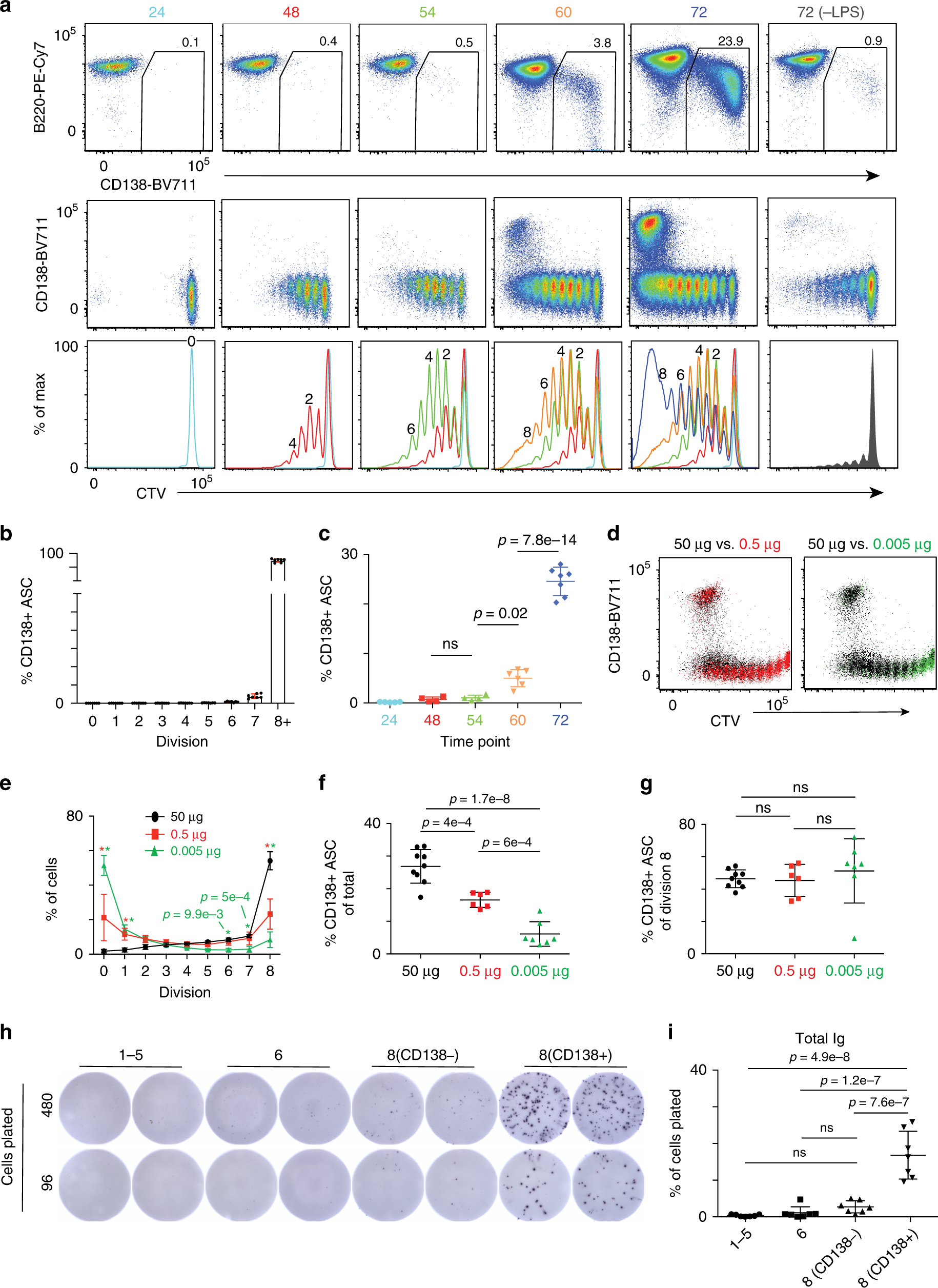
Antibody-secreting cell destiny emerges during the initial stages of B-cell activation | Nature Communications

Murine germinal center B cells require functional Fms-like tyrosine kinase 3 signaling for IgG1 class-switch recombination | PNAS

B Cells Activated by Lipopolysaccharide, But Not By Anti-Ig and Anti-CD40 Antibody, Induce Anergy in CD8+ T Cells: Role of TGF-β1 | The Journal of Immunology

LPS stimulation modifies B cell adhesion to ICAM-1-containing membranes... | Download Scientific Diagram

LPS Stimulation Induces B Cell Differentiation and Increases OXPHOS (A)... | Download Scientific Diagram

B Cells Progressively Upregulate OXPHOS after LPS Stimulation In Vivo... | Download Scientific Diagram
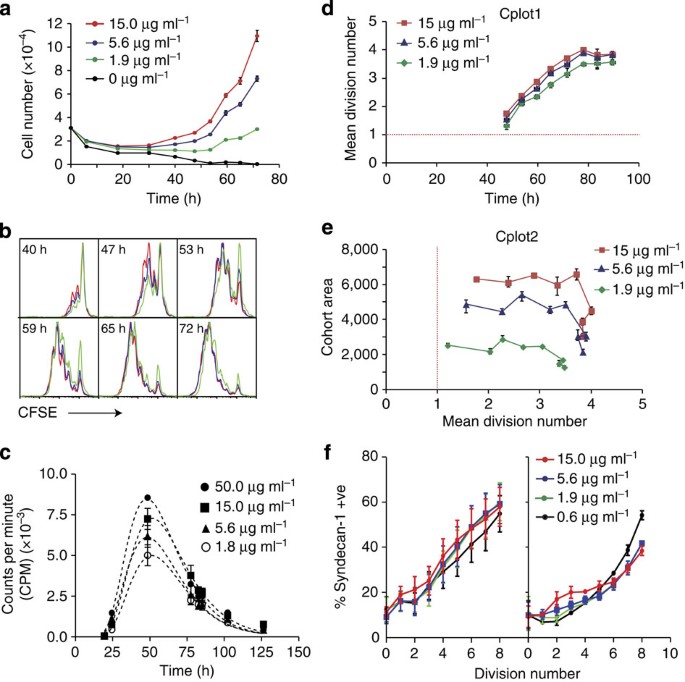
Quantal and graded stimulation of B lymphocytes as alternative strategies for regulating adaptive immune responses | Nature Communications

B Cells Activated by Lipopolysaccharide, But Not By Anti-Ig and Anti-CD40 Antibody, Induce Anergy in CD8+ T Cells: Role of TGF-β1 | The Journal of Immunology
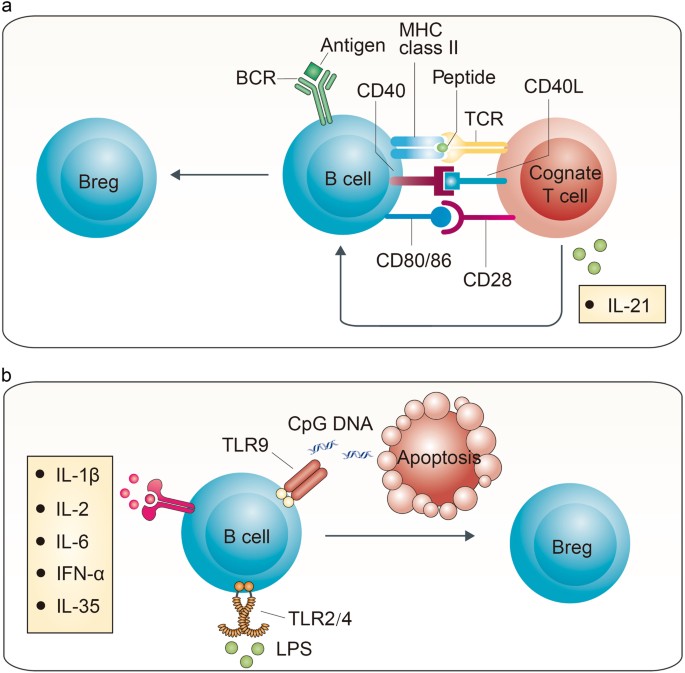
Regulatory B cells: the cutting edge of immune tolerance in kidney transplantation | Cell Death & Disease

TLR Agonists Promote Marginal Zone B Cell Activation and Facilitate T-Dependent IgM Responses | The Journal of Immunology
Loss of Xist RNA from the inactive X during B cell development is restored in a dynamic YY1-dependent two-step process in activated B cells | PLOS Genetics
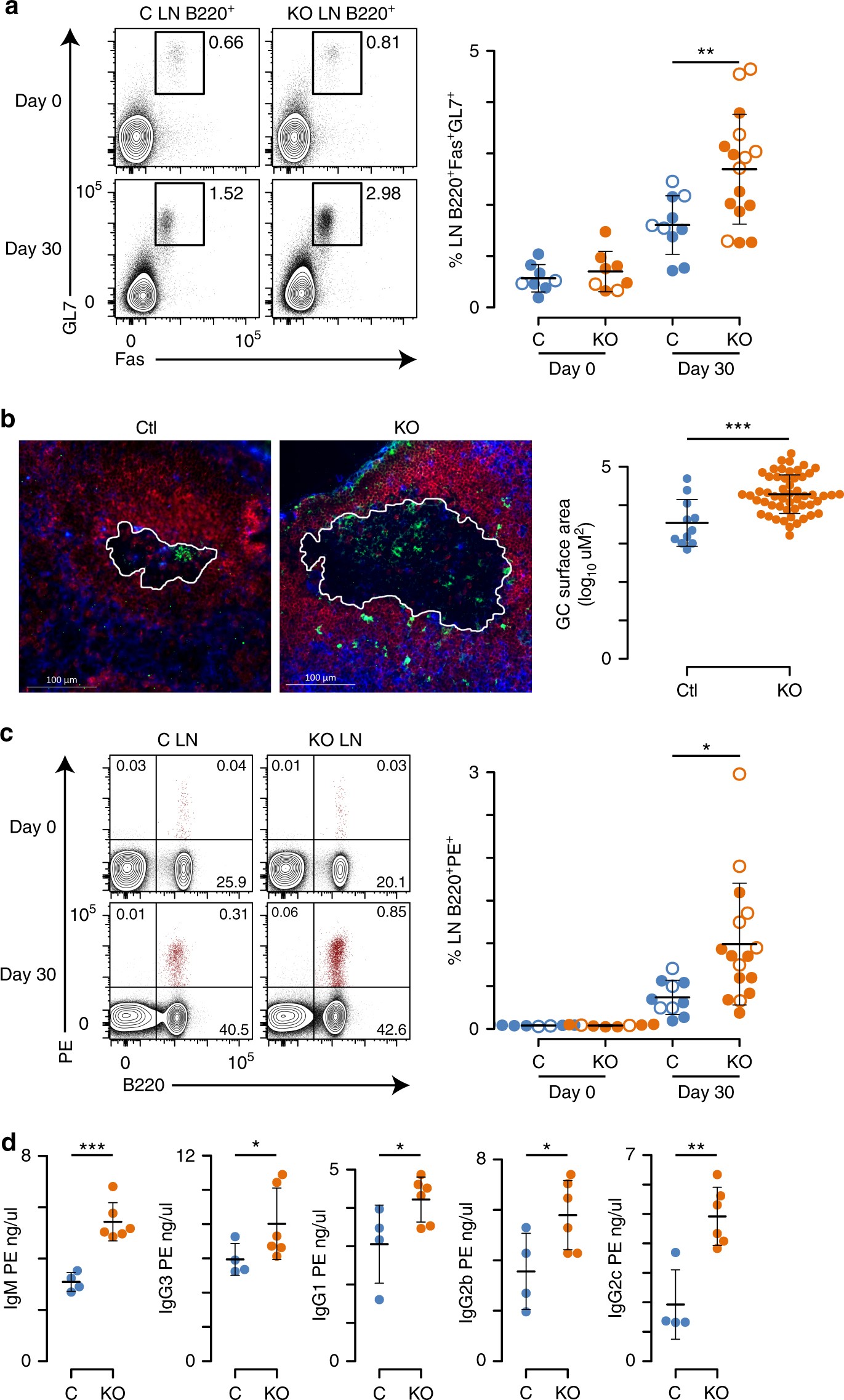
B cell activation and plasma cell differentiation are inhibited by de novo DNA methylation | Nature Communications
LPS induces B cells to undergo CSR and plasma cell differentiation in... | Download Scientific Diagram

B-cell Development and Activation Chapter 5 Self-Test Questions: Sections A, B & C: all (section D covered previously) A LPS a TI-type1 B-cell activator. - ppt download

Bruton's Tyrosine Kinase Separately Regulates NFκB p65RelA Activation and Cytokine Interleukin (IL)-10/IL-12 Production in TLR9-stimulated B Cells* - Journal of Biological Chemistry

Unique CD40-mediated biological program in B cell activation requires both type 1 and type 2 NF-κB activation pathways | PNAS

PF effects on B cell activation stimulated by LPS. LPS (1 μg/ml) was... | Download Scientific Diagram

Distinct Differentiation Programs Triggered by IL-6 and LPS in Teleost IgM+ B Cells in The Absence of Germinal Centers | Scientific Reports
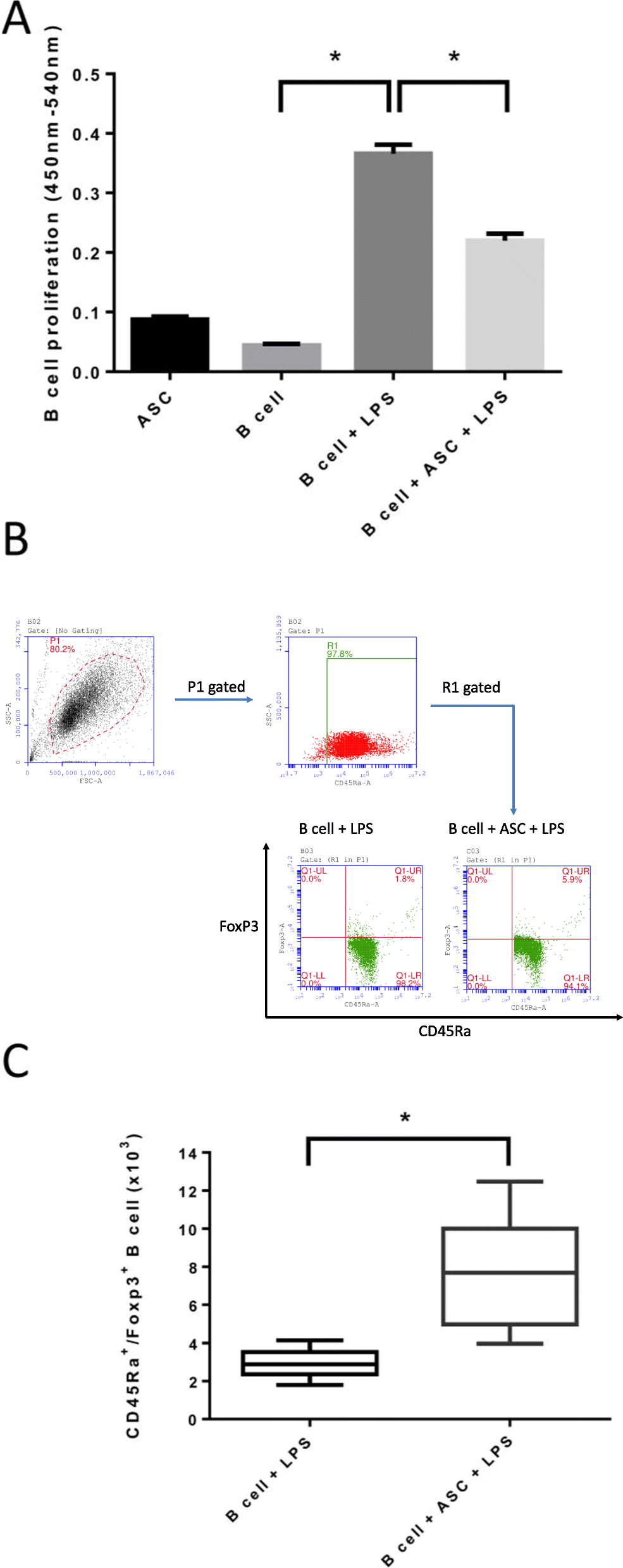
Adipose-derived stromal cells modulating composite allotransplant survival is correlated with B cell regulation in a rodent hind-limb allotransplantation model | Stem Cell Research & Therapy | Full Text

TRPM5 Negatively Regulates Calcium-Dependent Responses in Lipopolysaccharide -Stimulated B Lymphocytes - ScienceDirect



